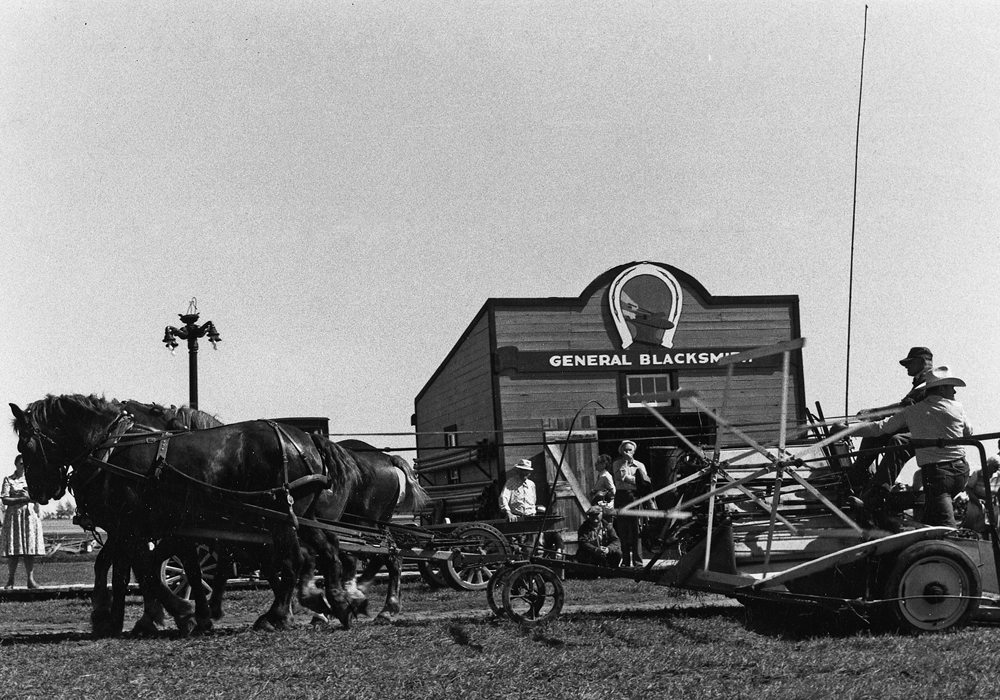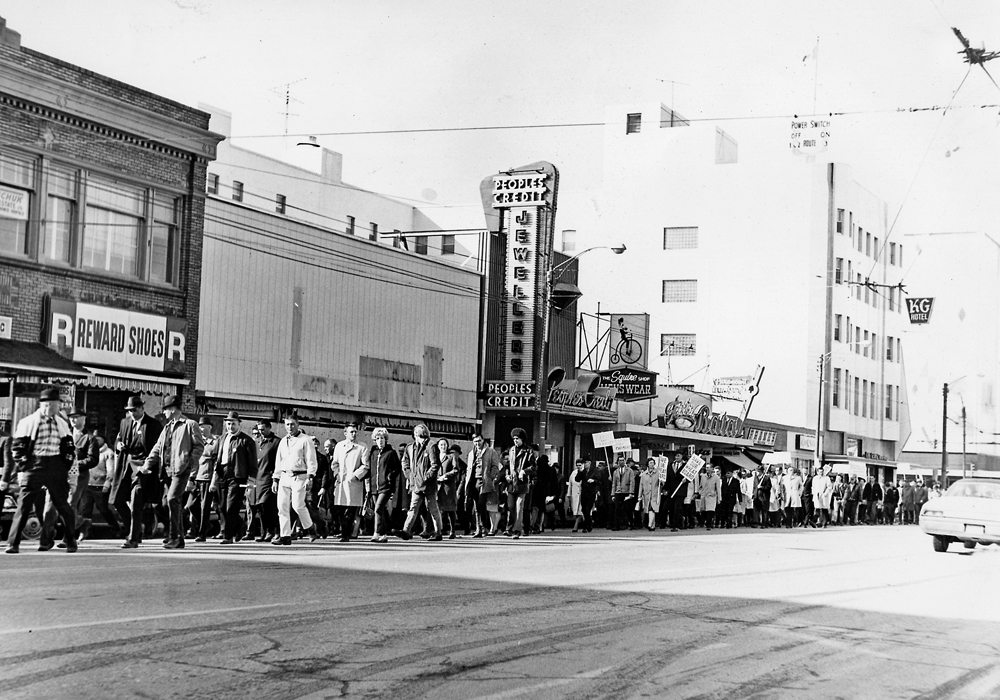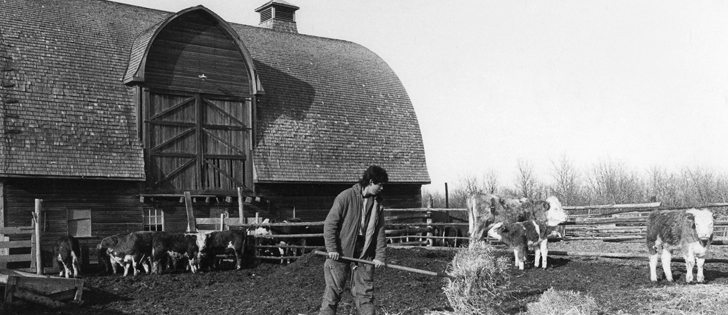The Western Producer takes a weekly look at some of the stories that made headlines in issues of the paper from 75, 50, 25 and 10 years ago.
75 years ago: March 6, 1941
The Saskatchewan legislature unanimously approved a six point agricultural plan, which was then sent to the federal government. The key point was a minimum wheat price of 85 cents a bushel and a 50 cent processing tax on all wheat milled in Canada for domestic consumption, which was expected to add an additional 10 to 11 cents per bu. on restricted deliveries of 230 million bu.
Read Also

Budget seen as fairly solid, but worrying cracks appear
The reaction from the agriculture industry to prime minister Mark Carney’s first budget handed down November 4th has been largely positive.
Farmers were warned to take precautions against the possible presence of grain mites in their bins. The “extremely small insect-like organism” was usually associated with elevator storage, but elevator agents were reporting that the pest was being found in samples of wheat taken from farmers’ wagons.
50 years ago: March 3, 1966
The Canadian Federation of Agriculture added its voice to the clamour for nationalization of Canadian Pacific Railway’s rail services. The federation said such a move would make possible a single integrated rail service that would be better able to serve the public interest.
The call for nationalization was prompted by slow grain shipments from the Prairies to the West Coast, which many blamed on CP. It was the first time the CFA had come out this strong on the issue.
Prairie farmers received $72 million less for their wheat than they did the previous year. The decline from a total $272 million paid in final payments by the Canadian Wheat Board in 1963-64 to $200 million in 1964-65 was blamed on an international price war that was driving down prices.
25 years ago: March 7, 1991
The wheat board was expecting to post a substantial deficit. Chief commissioner Lorne Hehn told the House of Commons’ agriculture committee that there would be a deficit in the wheat account and probably a surplus in the designated barley pool.
The federal government would have to cover any deficit, which Hehn said was why he was keeping federal finance minister Michael Wilson up to speed on the situation.
Saskatchewan was the only province that planned to allow its farmers to set up individual Net Income Stabilization Accounts for the 1990 taxation year. Federal agriculture minister Don Mazankowski said it didn’t mean NISA lacked support among the other provinces; only that it was a “budgetary issue” for them. However, as The Western Producer pointed out, Saskatchewan appeared to be the province least able to afford the new program.
10 years ago: March 2, 2006
A promising new wheat class met with a significant setback. White wheat was desirable for its ability to produce better quality noodles and steamed bread, but it appeared that agronomic problems with Snowbird, the dominant variety, would prompt growers to cut their acres in half rather than double them, which was originally anticipated.
Wheat board chair Ken Ritter said the agency would have to develop business partnerships around the world if it was going to survive as a marketer of farmers’ wheat and barley. The new Conservative government had other ideas.















